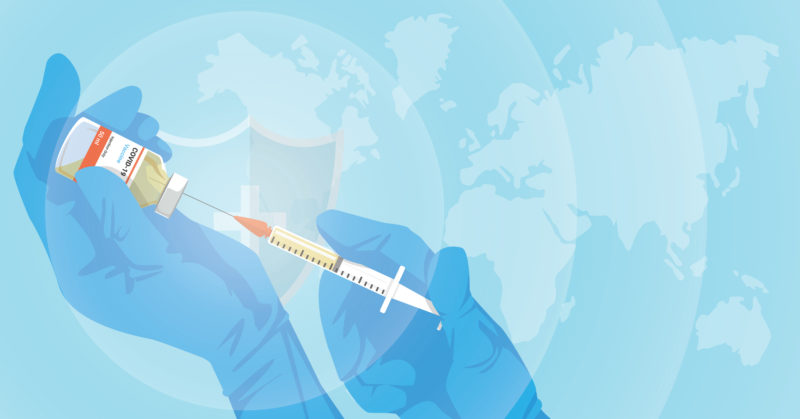
Capitalistic values continue to hinder vaccine development, according to the World Health Organization’s (WHO) first report on the global vaccine market since COVID-19, with prioritizes vaccines not being developed due to limited profit potential and limited access for lower-income countries proving an ongoing issue.
There has been progress in recent decades, according to the Global Vaccine Market Report 2022, but inequitable distribution so talked about during the initial onrush of COVID-19 vaccines remains an issue for the industry at large. Poorer countries consistently struggle to access vaccines demanded by wealthier countries, which only drives global disparities higher, particularly when coupled with tiered pricing. Middle-income countries sometimes pay as much or even more than wealthier countries for vaccines, according to WHO findings.
“The right to health includes the right to vaccines,” Dr. Tedros Adhanom Ghebreyesus, WHO Director-General, said. “And yet this new report shows that free-market dynamics are depriving some of the world’s poorest and most vulnerable people of that right. WHO is calling for much-needed changes to the global vaccine market to save lives, prevent disease and prepare for future crises.”
As an example of the present situation, the WHO offered up the human papillomavirus (HPV) vaccine against cervical cancer. That vaccine has been introduced in 41 percent of low-income countries. However, it is prevalent in 83 percent of high-income countries. This is despite the fact that low-income countries host most of the burden of that disease.
Numbers show that the manufacturing of vaccines exists in something of a concentrated bubble, even if capacity has increased overall. Approximately 16 billion doses shipped last year – nearly three times the numbers from 2019 (5.8 billion doses). COVID-19 played a huge role, and WHO noted that in and of itself was a demonstration of how vaccine manufacturing can and should be scaled up to meet immediate health needs. Still, just 10 manufacturers provide 70 percent of vaccine doses worldwide – COVID-19 vaccines excluded – and many of the most common rely on two suppliers for the bulk of their production.
As experienced during the height of the pandemic, this overreliance on concentrated production can lead not just to shortages but regional supply insecurity. In 2021, WHO pointed out that Africa and the Eastern Mediterranean depended on manufacturers headquartered elsewhere for 90 percent of their vaccines, and those seeking to build out local manufacturing capacity and vaccine development swiftly run into intellectual property monopolies and limited technology transfers.
Accordingly, WHO urged governments, manufacturers, and other stakeholders to take action and guarantee equitable access to vaccines. From governments specifically, the organization called for clear immunization plans and more aggressive investment into and oversight of vaccine manufacturing and distribution, among others. At the business level, it recommended focusing research efforts on WHO priority pathogens, transparency improvements, technology transfers, and commitments to specific, equity-driven allocation measures of vaccines.




